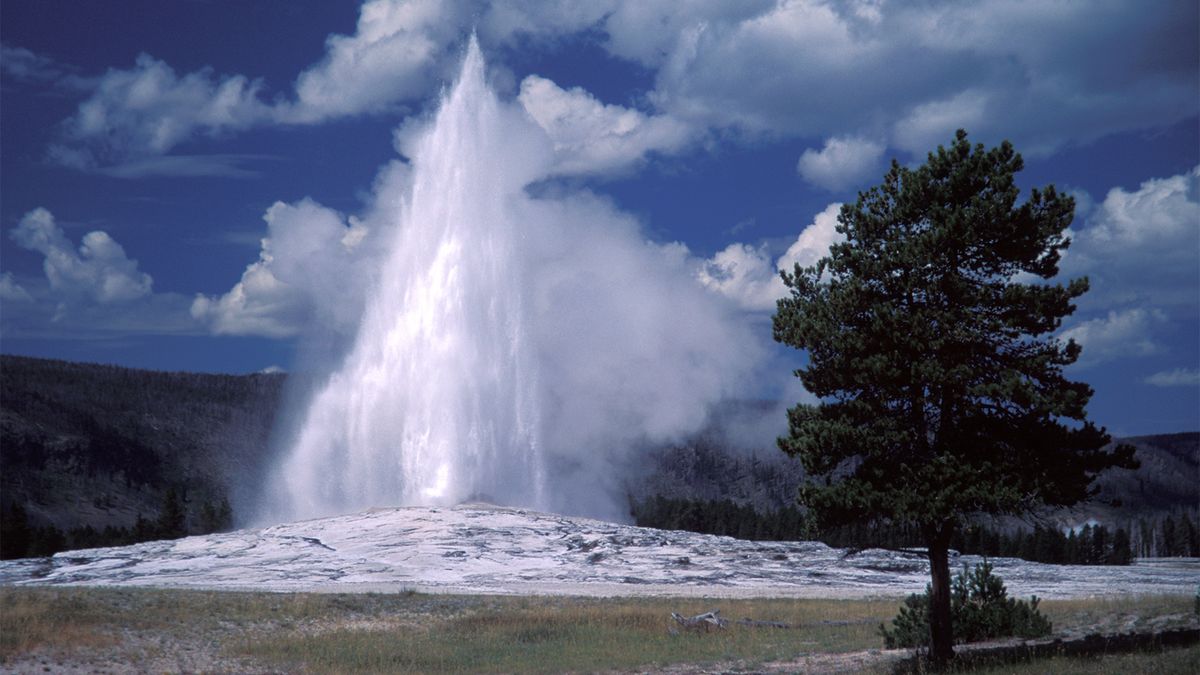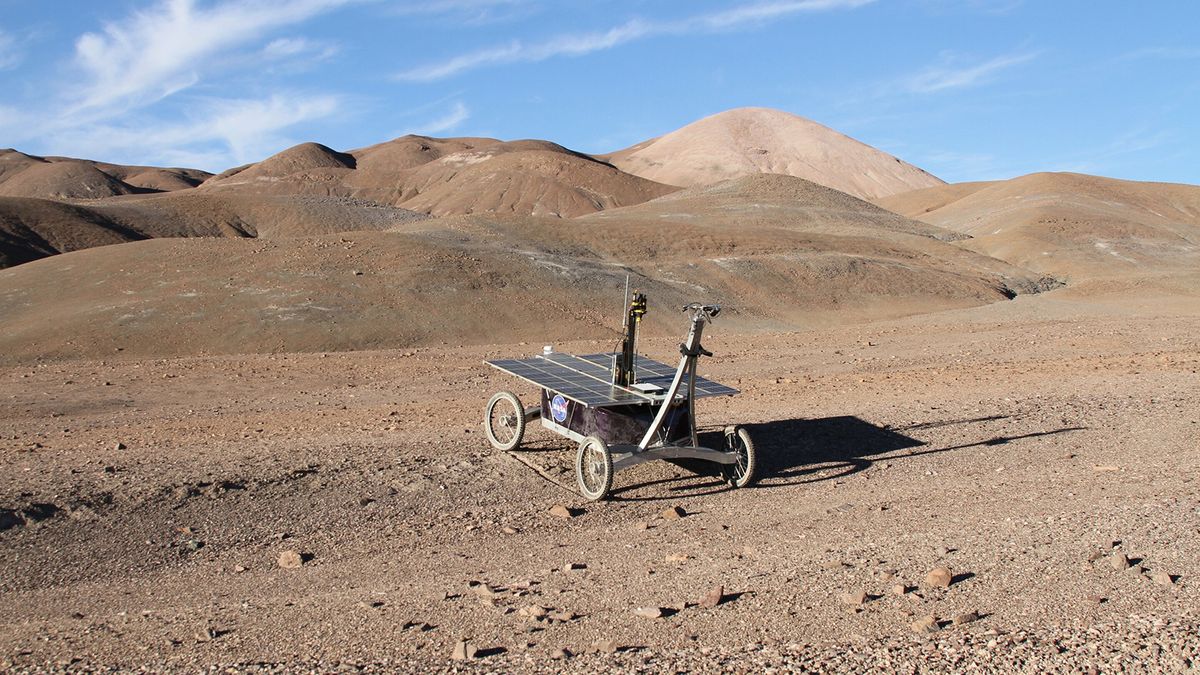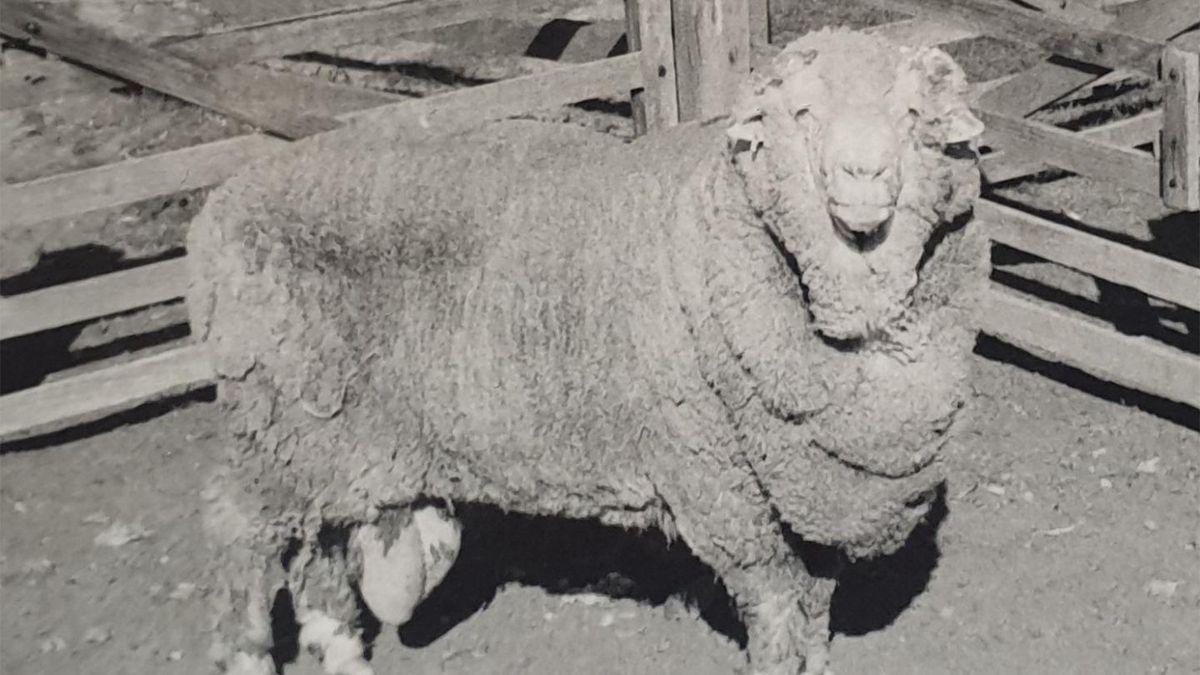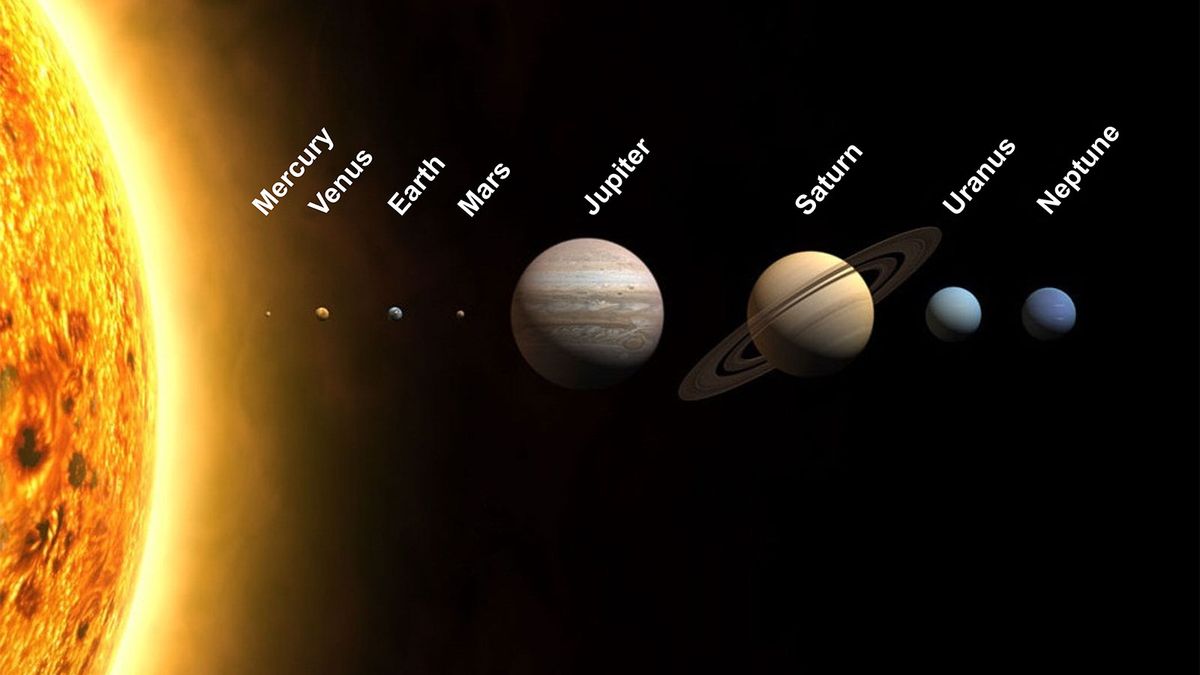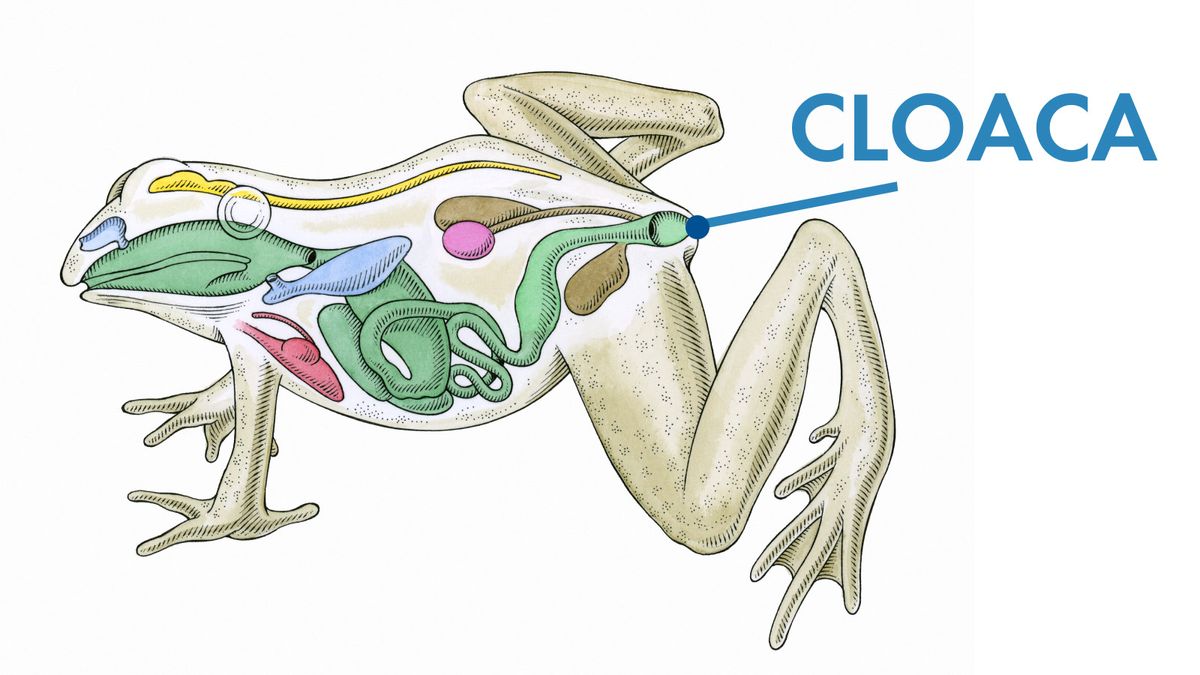
Per gli ambientalisti, gli appassionati di attività all'aperto e gli amanti della fauna selvatica, il nome di John Muir evoca innumerevoli connotazioni. Conosciuto come esploratore, agricoltore, inventore, scrittore e altro, il naturalista scozzese ha avuto un impatto duraturo sul paesaggio degli Stati Uniti e la sua eredità vive in tutti gli angoli del paese.
Nato il 21 aprile 1838 a Dunbar, in Scozia, Muir emigrò negli Stati Uniti con la sua famiglia all'età di 11 anni, stabilendosi prima a Fountain Lake, nel Wisconsin, e poi trasferendosi a Hickory Hill, una fattoria vicino alla città di Portage, nel Wisconsin. Muir ha imparato la disciplina in tenera età: suo padre ha insistito affinché lui e suo fratello minore lavorassero la terra di famiglia ogni giorno, e mentre il giovane Muir esplorava la campagna circostante, ha sviluppato un'affinità per il mondo naturale.
Ma Muir aveva anche un gusto per l'innovazione e, da giovane, iniziò a inventare vari strumenti e oggetti, tra cui un dispositivo che lo fece letteralmente rovesciare dal letto prima dell'alba . Nelle sue memorie, Muir descrisse la " macchina per alzarsi presto " come "un cronometrista che indicava il giorno della settimana e il giorno del mese, oltre a battere come un orologio comune e indicare le ore; inoltre... un attaccamento per cui potrebbe essere collegato a un letto per mettermi in piedi a qualsiasi ora del mattino; anche per accendere fuochi, accendere lampade, ecc."
Muir attirò per la prima volta l'attenzione per le sue creazioni fantasiose quando portò le sue invenzioni alla fiera statale di Madison, nel 1860. Più tardi quell'anno, iniziò la sua formazione all'Università del Wisconsin, ma lasciò la scuola tre anni dopo per viaggiare: il suo obiettivo era quello di esplorare la terra cruda e incontaminata degli stati del nord.
Muir subì un infortunio nel 1867 che cambiò il corso della sua vita: mentre lavorava in un negozio di ricambi per carrozze a Indianapolis, un punteruolo gli trafisse l'occhio destro e perse temporaneamente la vista da entrambi gli occhi. La paura di perdere definitivamente la vista ha spinto Muir a cambiare marcia, personalmente e professionalmente: ha abbandonato il mondo industriale e ha deciso invece di esplorare ulteriormente le meraviglie naturali della Terra. Alcuni ipotizzano che sia stato mentre si stava riprendendo dall'infortunio che ha sentito parlare per la prima volta di Yosemite .
Proteggere il mondo naturale dal "progresso"
Harold Wood, uno studioso, presentatore e autore di John Muir, che è anche un attivista ambientale di lunga data in numerose organizzazioni, afferma che una volta che Muir si è ripreso, ha camminato per mille miglia da Indianapolis al Golfo del Messico, ha navigato fino a Cuba e in seguito Panama, e alla fine sbarcò a San Francisco nel marzo 1868. La California divenne la sua nuova casa e, dal 1868 al 1874, visse in Yosemite a fasi alterne , un'esperienza, secondo Tony Perrottet dello Smithsonian Magazine , "che lo trasformò in un successore a Henry David Thoreau e Ralph Waldo Emerson." Durante la sua permanenza a Yosemite, Muir concepì una "teoria allora controversa sulla glaciazione della Yosemite Valley" e iniziò a farsi un nome come ambientalista.
"La mentalità del 19° secolo era il progresso", afferma Wood. "Ciò significava lo sviluppo e l'estrazione di risorse naturali a tutti i costi. Muir era praticamente unico nel suo punto di vista secondo cui i luoghi selvaggi e le risorse naturali dovrebbero essere protetti per le generazioni future".

Muir iniziò a scrivere una serie di articoli nel 1874 conosciuti come "Studies in the Sierra" e lasciò Yosemite per seguire la sua passione per la scrittura nella Bay Area, viaggiando spesso in luoghi come l'Alaska. Sposò Louisa (Louie) Wanda Strentzel nel 1880 e la coppia si trasferì a Martinez, in California, per crescere le loro due figlie, Wanda e Helen. Per il decennio successivo, ha lavorato con suo suocero per gestire il ranch di frutta di famiglia, ma alla fine ha rivolto nuovamente gli occhi ai viaggi e agli sforzi di conservazione. Muir ha continuato a scrivere e ad attirare l'attenzione su questioni come la devastazione dei prati e delle foreste di montagna e, in collaborazione con l'editore di Century Magazine Robert Underwood Johnson, Muir ha spinto per l'eventuale passaggio di un atto del 1890 al Congresso che ha creato il Parco nazionale di Yosemite.
Wood dice che Muir è stato anche personalmente coinvolto nella creazione dei parchi nazionali di Sequoia, Mount Rainier, Petrified Forest e Grand Canyon e si è guadagnato il titolo di " Padre del nostro sistema di parchi nazionali ".
"Le sue parole e le sue azioni hanno influenzato in modo significativo gli innovativi programmi di conservazione del presidente Theodore Roosevelt, che includevano l'istituzione dei primi monumenti nazionali mediante proclamazione presidenziale e il Parco nazionale di Yosemite e le foreste nazionali mediante l'azione del Congresso. Uno dei primi monumenti nazionali istituiti dal presidente Roosevelt fu la foresta pietrificata in Arizona, su sollecitazione di Muir", osserva.
One fact Wood says most people don't know about Muir's legacy is that when Yosemite National Park was established in 1890, "Yosemite Valley was not included in the park boundaries — nor was the famous Mariposa Grove of Giant Sequoias. Yosemite Valley had been given to the State of California by a federal land grant by Abraham Lincoln in the middle of the U.S. Civil War," Wood says. "In many ways, it was mismanaged by the State of California which had trouble keeping out squatters and responsibly managing tourism, allowing wildflower meadows to be destroyed by sheep and cattle."
Founding of the Sierra Club
Wood also says that Muir had the foresight to realize that he couldn't push for continued conservation advocacy alone, and that collective action would be necessary for an enduring impact on environmental protection. "That is why he agreed, in 1892, to attend the Sierra Club's organizational meeting, and agreed to become the first president of the Sierra Club, an office he held until his death in 1914," Wood says. "He was glad to be part of such an organization because, in his words, 'We will be able to do something for wildness and make the mountains glad.'"
Described on its website as "the most enduring and influential grassroots environmental organization in the United States," the Sierra Club continues to "amplify the power of our 3.8 million members and supporters to defend everyone's right to a healthy world." The organization's national community of volunteers, advocates, and grassroots activists have secured the protection for 439 parks and monuments, won the passage of the Clean Air and Endangered Species Acts, and put over 281 coal plants on the path to replacement with clean energy, among other accomplishments.

According to Wood, Muir spent many long years advocating for the return of Yosemite Valley and the Mariposa Grove from California state management to be incorporated in the Yosemite National Park. "In fact, this was really the first campaign for the early Sierra Club," he says. "To this end, in 1898 the Sierra Club set up a public 'reading room' within the Valley, staffed by Muir's young colleague, William E. Colby, to help people enjoy Yosemite and to learn more about the region. In 1904, the Club built a stone visitor center in the valley, now named the Yosemite Conservation Heritage Center."
Despite those efforts, it wasn't until 1906 — after a 17-year campaign spearheaded by Muir and the Sierra Club — that President Roosevelt signed federal legislation to return Yosemite Valley and the Mariposa Grove to become part of the Yosemite National Park.
"As the Sierra Club's first president, his leadership inspired many efforts that came even after his death, such as the establishment of the National Park Service in 1916, and the Wilderness Preservation System in 1964," Wood says. "His writings inspired generations of conservationists like National Park Service's first director Stephen Mather, author of the Wilderness Act, Howard Zahniser, famed photographer Ansel Adams, conservationist David Brower, and many more. This included a generation of grassroots activists throughout the 20th century who were inspired by Muir's legacy to establish a series of additional National Parks and Monuments, and many new units in the National Wilderness Preservation System."
While Muir's last battle to prevent the damming of the Hetch Hetchy Valley within Yosemite National Park failed, Wood says his fight made a lasting impact on societal attitudes toward conservation efforts. "That lost battle ultimately resulted in a widespread conviction that our national parks should be held inviolate. Many proposals to dam our national parks since that time have been stopped because of the efforts of citizens inspired by John Muir, and today there are legitimate proposals to restore Hetch Hetchy, while still preserving San Francisco's water supply from the Tuolumne River. Today, there is a growing movement to remove dams which destroy native fisheries like salmon and steelhead and natural ecosystems, such as the Elwha and Glines Canyon dams in the Olympic Peninsula in Washington State."
IN 1914, a year after losing the battle to protect the Hetch Hetchy, Muir died in Los Angeles following a short illness. "Perhaps his greatest legacy is not even wilderness preservation or national parks as such, but his teaching us the essential characteristic of the science of ecology, the interrelatedness of all living things," Wood says. "He summed it up nicely in his often quoted verse: 'When we try to pick out anything by itself, we find it hitched to everything else in the Universe.'"
Now That's Interesting
In recent years, Muir's reputation has been tarnished as derogatory remarks he made about Native Americans have received renewed scrutiny. "Most media articles, when discussing Muir's views about Native Americans, ignore Muir's admiration for Alaska Natives and his charity work for southern California Indians," Wood says. He wrote about the topic in an essay for the John Muir Global Network, noting: "When one actually reads the bulk of Muir's writings rather than cherry-picking a few quotes, Muir's writings reflect a concern about how the Native tribes in California had been defiled and degraded by white culture, beginning with the Spanish and Mexicans, long before white American settlers came."
















